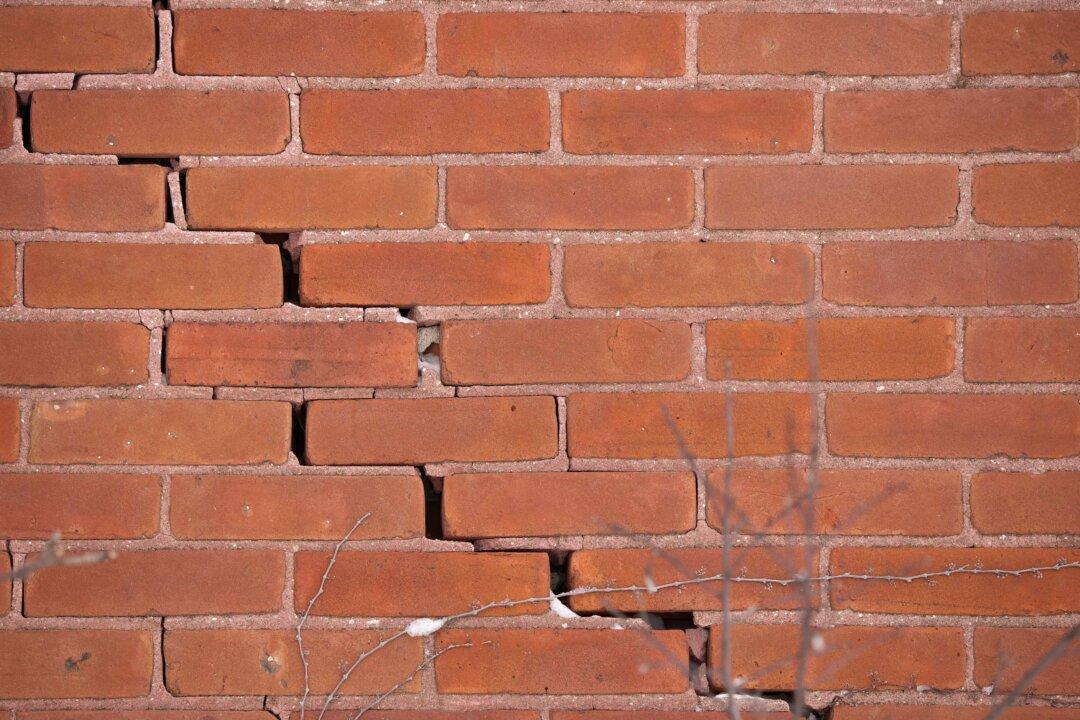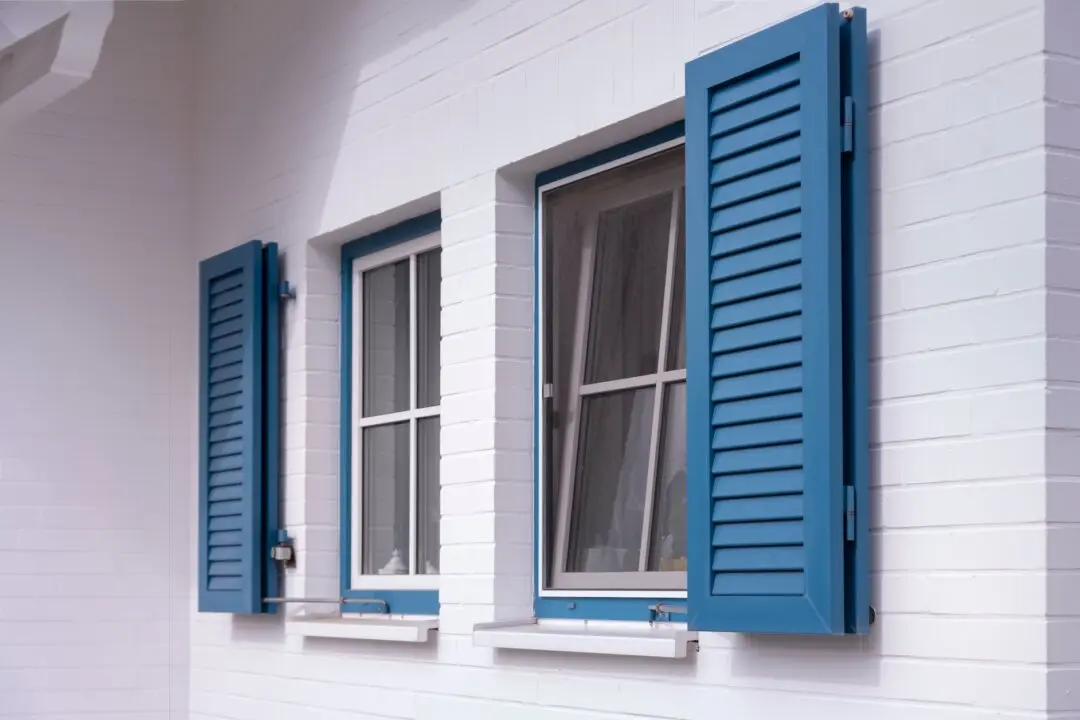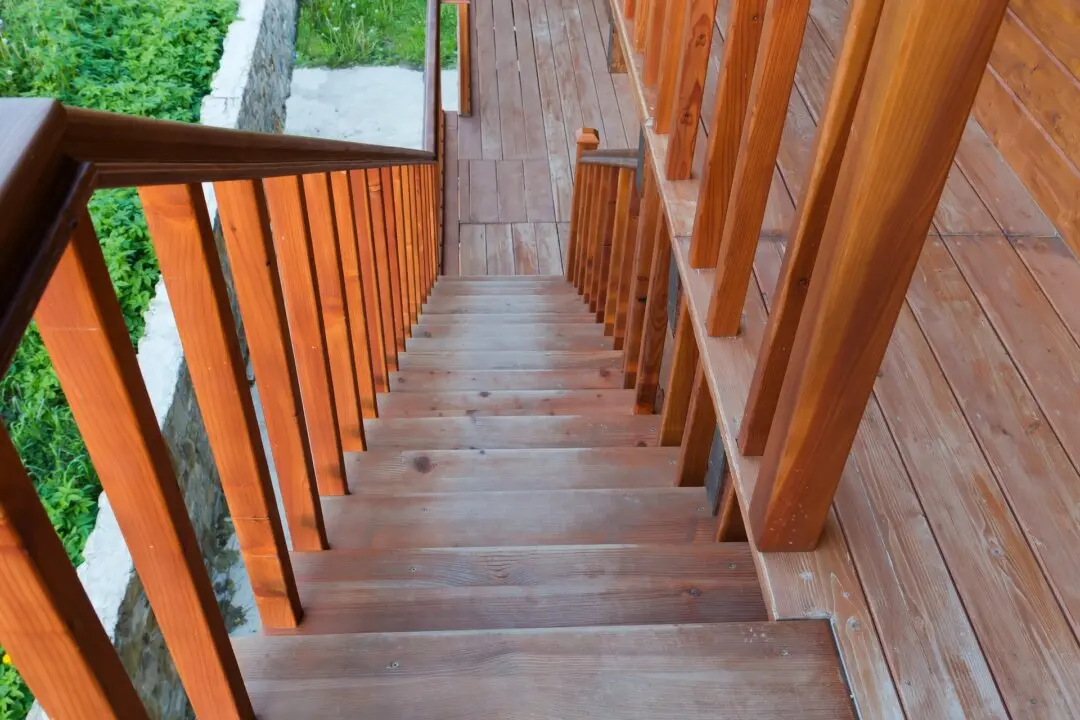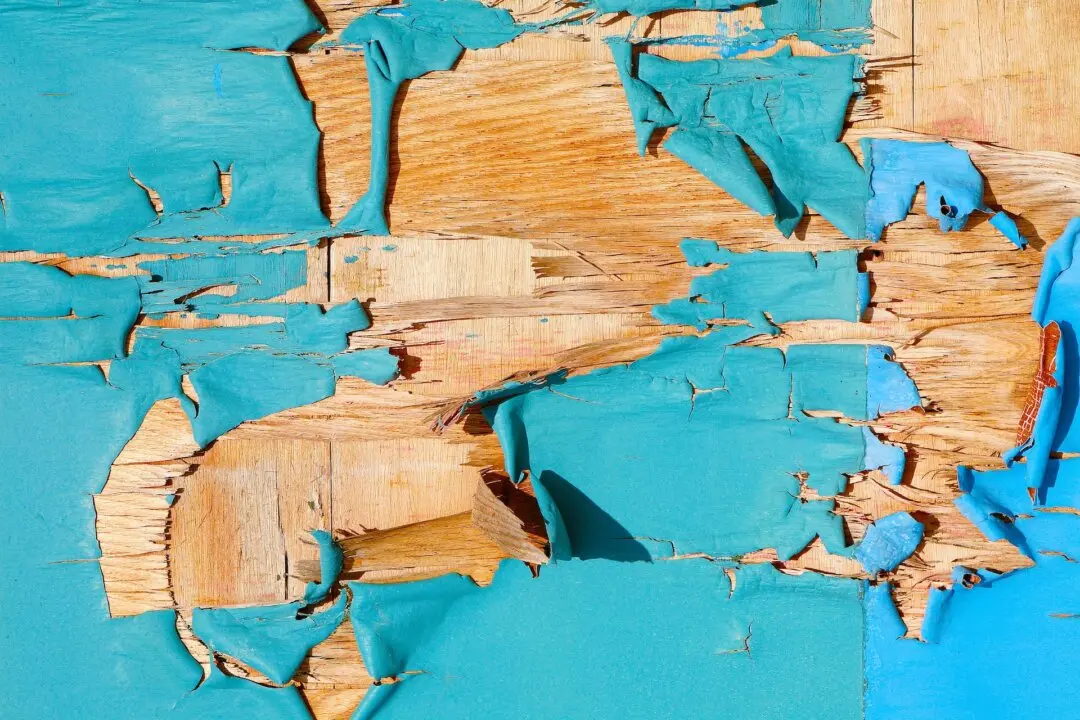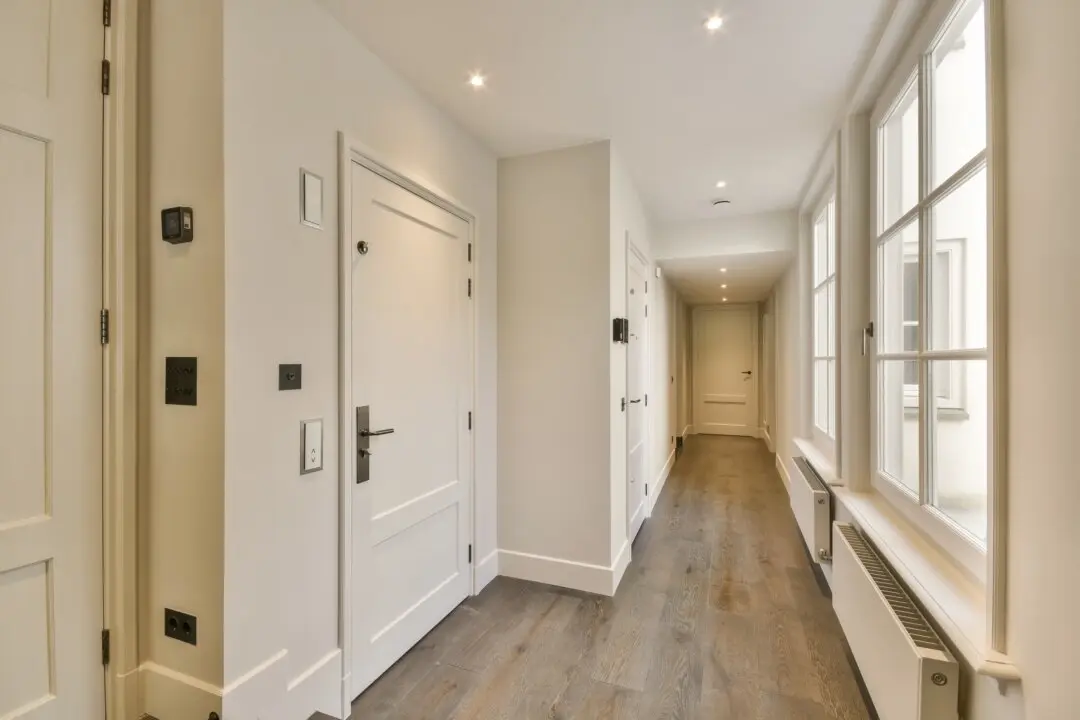Dear James: The mortar between the wall bricks is crumbling in spots and looks bad. How can I repair it so that it does not look much different from the existing mortar joints?—Nick R.
Dear Nick: It is not uncommon for the mortar between bricks to deteriorate in spots. It may be spots where the mortar was not mixed properly or where water might collect. If it is really bad, moisture may get inside the wall, but a brick wall will not collapse just from some bad mortar spots.

